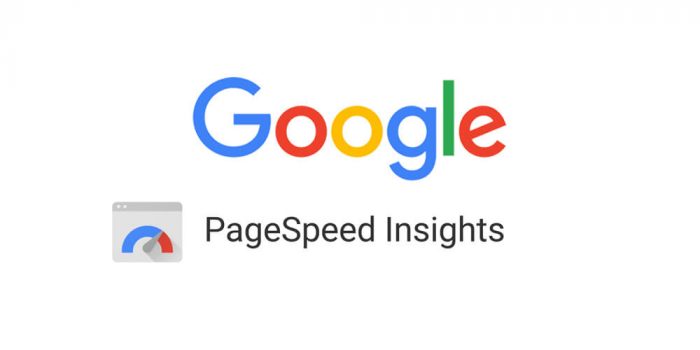What is Page Speed –
Page speed means how fast the content on a web page loads. If it loads too slowly, users *will* lose interest and click away. Faster page loads mean your users are more likely to stay on your website, think about your own browsing patterns. Think of it as “page load time” or “time to first byte (TTFB)”, meaning how long it takes for the browser to receive the first byte of information. It is not site speed. Site speed is how fast views of a webpage come in and depends on the number of users.
This is not to be confused with the Google PageSpeed tests, which do not actually measure the time it takes the page to load, these are more a grading system based on elements on your page, that may or may not actually help, and in a lot of cases, the suggestions are impossible to implement..
According to Google, the algorithm of their search engine takes into account page speed when it ranks pages. This could mean that it uses the “time to first-byte” measurement system and so if your webpage has a low page speed it may be ranked higher on a Google SERP page. Yet, if you have a higher page speed then the search engines are more likely to take a less favourable view on your site. But this goes further than just Search Engines, its much more important to keep your users happy, as ultimately, they are can crawl fewer pages on their budget and this could damage your website’s appearance in the algorithm.
Here are 7 tips to help you improve your page load times…
Compress Everything
Gzip is a software application used to compress files so that they take up less space. By reducing the size of CSS, HTML and JavaScript files, it can have a huge effect on your website’s page speed, however, it’s not recommended for images as it can distort the quality. A handy solution for compressing photos is to use a WordPress Image Compression plugin.
Use Images Wisely
While having good images on your website is important for the visual impact you are trying to portray, if they’re too large in size they can slow everything down. Try and use PNG filetypes with fewer than 16 colours for graphics and compressed JPEGs for photographs. Creating templates for the images you use all the time is a quick solution and will help with everything, right down to buttons and icons. You can use CSS sprites to do this as they combine images into one large image that loads all at once. That means less waiting on individual images for your users and you don’t even have to display the full image, only the sections you want.
Minify CSS, JavaScript and HTML
This one’s really simple. Just take out spaces, commas and other unnecessary characters from your code to increase your page speed. Unused code and extra formatting can be removed too AutOptimize is possibly the best WordPress plugin around.
Reduce Redirects
Think about it, every redirection leads to another page load and more wait time for your users. The fewer redirects, the faster your site will load and this is likely to result in a lower bounce rate. We have an awesome free plugin, WP Disable which help disable HTTP requests as well as all the useless extras that are loaded in most WordPress installations.
Explore the Browser Cache
It goes without saying that browsers store a lot of data in their caches, including everything from images to stylesheets and JavaScript files. The more information in the cache, the less there is to load for a user returning to a webpage. Cache everything you can, make sure your WordPress host is setup to run as efficiently as possible and understands the importance of speed. Yes, you will pay a bit more, but hosting is by far one of the most important things for your online business.
It’s All About Response Time
The server response time is part of what makes up page speed. It is affected by how much traffic is coming to the website, the software used and much more. Again, this is host-dependant, make sure you have a good one :-). Sucurri provide a good TTFB testing tool which can help you identify if your hosting is sub par. In most cases, a good caching system in play with a responsive host is enough to improve your TTFB. Aim for under 100ms, but the lower the better. It should go without saying, but will mention it here as well, having your host geographically located close to your target market will automatically improve your response times as the server is that much closer.
Content Distribution Network
Finally, if your target market is further afield, consider using Content Distribution Networks, otherwise known as CDNs and content delivery networks. They work by providing a Universal footprint for your content and distribute it from their Edge Network, thereby bringing your content closer to your user base. The Edge Network is a group of geographically diverse data centres, so that users from all over the world have faster and more reliable service.




